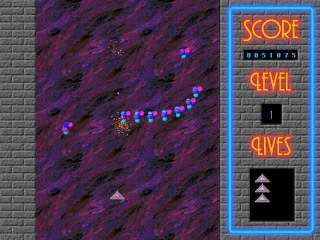Re/code posted the results of an Apple Watch survey earlier this week that garnered some chatter on the Mac social web – the attention-grabbing headline concluded that the Apple Watch was perceived as a dud, though the article and the research it was based on show a much different perspective from, y’know, actual Apple Watch users.
I’ve had my Apple Watch since June of 2015, and have worn it with an exception or two every day since then. It’s single-handedly changed my mind about wearables, which I thought of largely as frivolous and unnecessary, for narcissists and obsessive athletes but having little practical purpose.

Obviously I was wrong.
In the months before I got my Apple Watch, I underwent a profound medical change following gastric bypass surgery. I rapidly lost weight for the first time in my adult life and started to exercise more. The Apple Watch came out at a perfect time, when I began tracking my exercise and activity much more consistently than before. I also found the Apple Watch to be enormously helpful in reminding me to take the myriad supplements I need to take throughout the day to help maintain my health.
Quite frankly, these are tasks I’d certainly be able to manage without the Apple Watch, but with it it’s less executive function work for me. It just happens.

I’ve found other great uses for it, too. I take calls on the Apple Watch regularly (when I’m home and it’s socially acceptable to do so, anyway). I use Siri on the Apple Watch every chance I get. Checking the kitchen for supplies and adding things to the grocery list, for example. Or sending text messages to family members.
One of my most-used Apple Watch apps is the Remote app, which lets me navigate my Apple TV menus without needing to look for the pesky, tiny, infinitely losable remote control that ships with the Apple TV.
I’ve installed a few third-party applications that offer some nice benefits for Apple Watch users, like an app to control my Elgato Avea and Calcbot.
I was there when the Mac was young. I was there when the iPhone was young. And I recognize the same nascent qualities in watch OS and the Apple Watch. It’s not a finished product, any more than the Mac or iPhone are, 30 and almost 10 years later, respectively. This isn’t a product that Apple is going to walk away from, and it’s just going to keep getting better.













